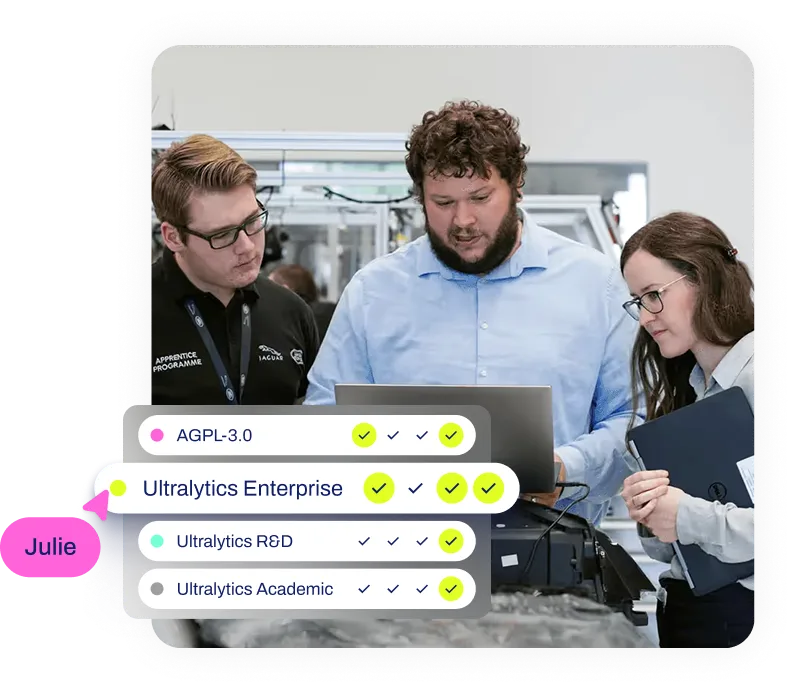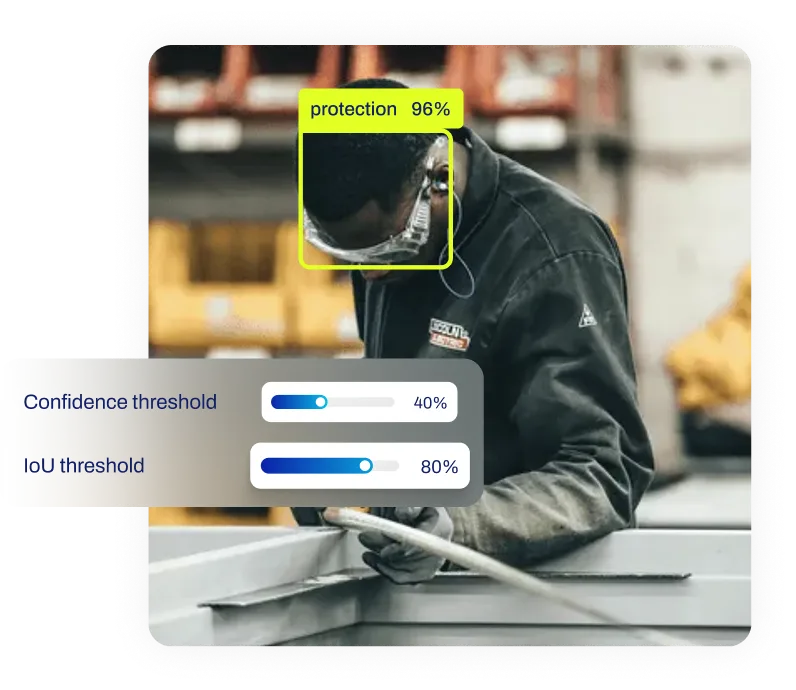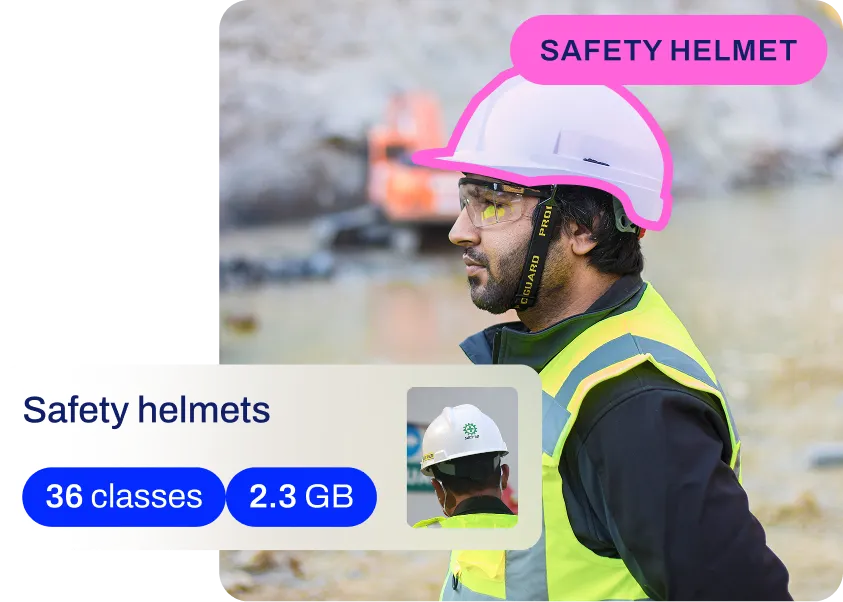GPU (Graphics Processing Unit)
Discover how GPUs revolutionize AI and machine learning by accelerating deep learning, optimizing workflows, and enabling real-world applications.
A Graphics Processing Unit (GPU) is a specialized electronic circuit initially designed to accelerate the creation and
rendering of computer graphics and images. While its
origins lie in gaming and video rendering, the GPU has evolved into a critical component for modern computing due to
its unique architecture. Unlike a standard processor that handles tasks sequentially, a GPU consists of thousands of
smaller, efficient cores capable of processing massive blocks of data simultaneously. This parallel architecture has
made GPUs indispensable in the fields of
Artificial Intelligence (AI) and
Machine Learning (ML), where they drastically
reduce the time required to train complex algorithms.
The Power of Parallel Computing
The core advantage of a GPU lies in parallel computing.
Modern AI workloads, particularly those involving
Deep Learning (DL) and
Neural Networks (NN), rely heavily on matrix
operations that are computationally intensive but repetitive. A GPU can divide these tasks across its thousands of
cores, executing them all at once.
This capability was famously highlighted by the success of the
AlexNet architecture, which demonstrated that GPUs could train
Convolutional Neural Networks (CNNs)
significantly faster than traditional processors. Today, this acceleration allows researchers to perform
model training in hours rather than weeks. The computational
throughput of these devices is often measured in
FLOPS (Floating Point Operations Per Second), a standard
metric for high-performance computing.
Hardware Distinctions: GPU vs. CPU vs. TPU
To understand where GPUs fit into the hardware landscape, it is helpful to compare them with other common processors:
-
CPU (Central Processing Unit): The CPU is the general-purpose "brain" of a computer, designed with fewer, more powerful cores to
handle sequential tasks and complex logic. It is ideal for running operating systems but less efficient for the
massive parallelism required by AI.
-
GPU (Graphics Processing Unit): Optimized for throughput, the GPU excels at parallel tasks. Leading
manufacturers like NVIDIA and
AMD provide robust ecosystems, such as
CUDA and ROCm, which allow developers to harness this power directly
for AI applications.
-
TPU (Tensor Processing Unit): A TPU is an application-specific integrated circuit (ASIC) developed by
Google Cloud specifically for accelerating machine learning workloads.
While TPUs are highly efficient for tensor operations in frameworks like
TensorFlow, GPUs remain more versatile for a wider
range of tasks.
Real-World Applications in AI
The implementation of GPU acceleration has fueled innovations across diverse industries:
-
Autonomous Driving: Self-driving cars require the real-time processing of data from cameras, radar,
and LiDAR sensors. GPUs power the
Object Detection models that identify
pedestrians, other vehicles, and traffic signs instantly, a cornerstone of
AI in Automotive.
-
Medical Imaging: In healthcare, GPUs accelerate the analysis of high-resolution scans such as MRIs
and CTs. They enable Image Segmentation models
to precisely delineate tumors or organs, assisting radiologists in making faster and more accurate diagnoses. This
technology is vital to the advancement of
AI in Healthcare.
Leveraging GPUs for Model Training
When using the ultralytics package, utilizing a GPU can drastically speed up the training process. The
library supports automatic hardware detection, but users can also manually specify the device to ensure the GPU is
utilized.
The following example demonstrates how to train a YOLO11 model on the first available GPU:
from ultralytics import YOLO
# Load a model
model = YOLO("yolo11n.pt") # Load a pretrained YOLO11 model
# Train the model using the GPU (device=0)
# This command utilizes the parallel processing power of the GPU
results = model.train(data="coco8.yaml", epochs=5, device=0)
Optimization and Edge Deployment
Beyond training, GPUs play a crucial role in
Model Deployment. For applications requiring
Real-Time Inference, trained models are often
optimized using tools like NVIDIA TensorRT or
ONNX Runtime. These tools restructure the neural network to maximize the
specific architecture of the GPU, reducing latency. Furthermore, the rise of
Edge AI has led to the development of compact,
power-efficient GPUs capable of running sophisticated
Computer Vision (CV) tasks directly on local
devices, reducing the reliance on cloud connectivity.










.webp)
